Measuring with Paper Clips and M&M’s
How do you measure something without a ruler? In this hands-on activity, children will learn how to measure objects against other household items and learn how to calculate the length of an item using common objects like paper clips and M&M’s.
Learning Goals
This activity will help your child:
- Practice measuring objects with a non-standard unit of measure
- Compare objects using descriptive words like shorter and taller
Materials
- 1 Bag of M&M’s
- 3 Small objects to measure (e.eg. a picture book, toy car, stuffed animal, etc.)
- 20 paper clips
- 3 Index cards
- 1 Marker or another writing utensil
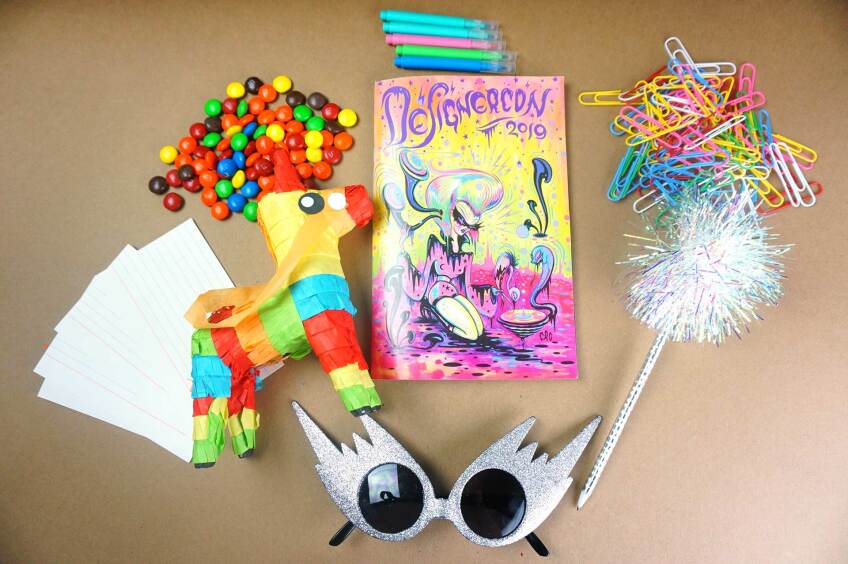
Step-by-Step Instructions
1. Select three small objects to measure, such as your child’s favorite picture book, toy car or stuffed animal. Talk about the different ways you could measure each object. For example, you can measure how tall/short (height) or how thick/thin (width) an object is.
2. Write the name of one object on each index card. Draw a line down the center of each card. Label one side “M&M’s” and the other side “Paper Clips.” You will be using the index cards to write down your measurements.
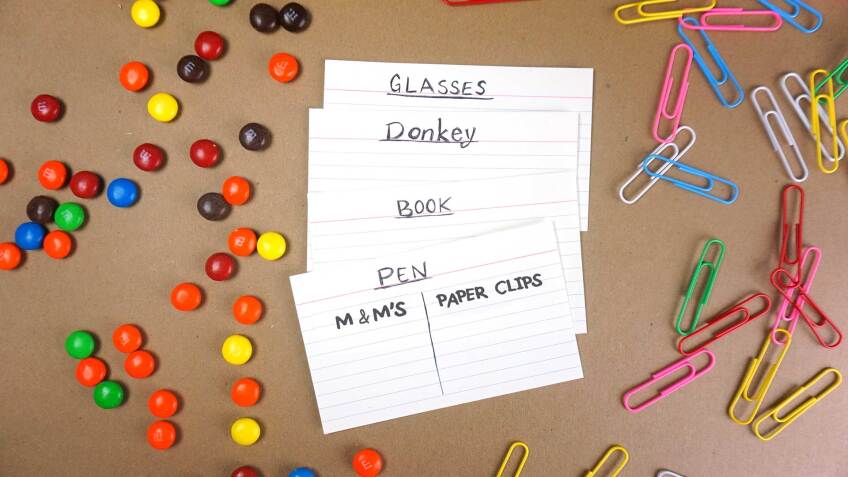
3. Measure the first object with paper clips. Ask your child for suggestions on how to properly measure with paper clips like “Where should we start measuring?” “Should the paper clips face this direction?” Model how to measure starting at one edge of the object and joining the paper clips end-to-end. Count how many paper clips it took to recreate the length of the object and write this number on the paper clips side of the index card.
4. Next, ask your child to measure the same object with the M&M’s. Count how many M&M’s it took to recreate the length of the object. Then, write this number on the M&M’s side of the index card.
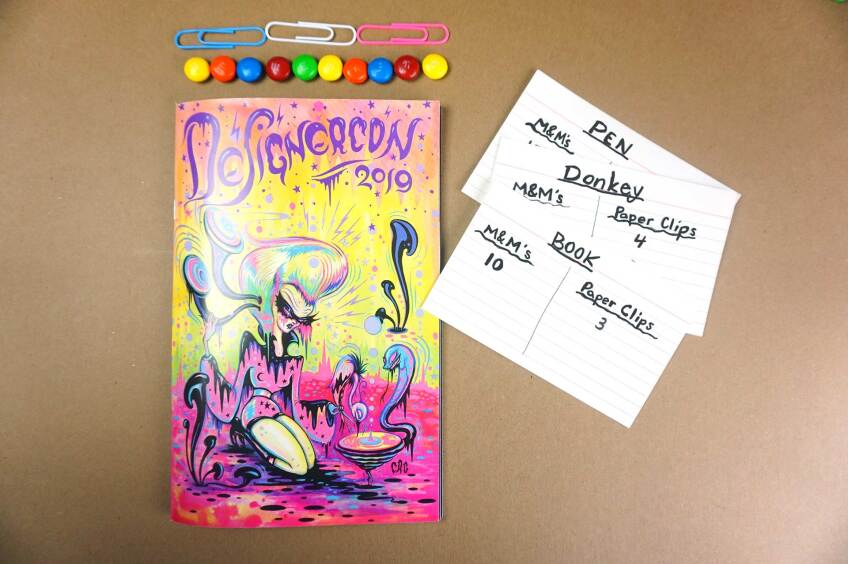
5. Repeat the measuring steps with each of the objects you chose to measure. Talk about the difference in number of paper clips vs. M&M’s it took to measure each object. You can ask your child, “Did you need more paper clips or more M&Ms?” “Why do you think that?”
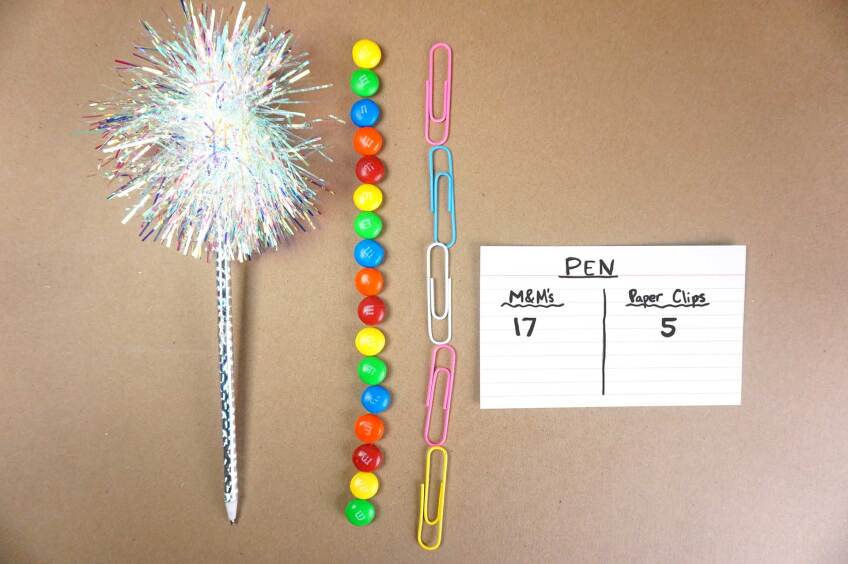
6. Ask your child to compare the size of the objects in paper clips with questions like “Which object is the tallest?” “Which is the shortest?” “Which object is the thickest or thinnest?” Encourage your child to use descriptive words like longer and shorter.
Keep the Conversation Going
Measure the height of each family member using a measuring tape. Write down the measurements for each family member. Ask questions like, “Who is taller?” “Who is shorter?” Arrange family members in order from tallest to shortest. Compare the age of members of the family and their height and ask “Is the tallest the oldest?” “Is the shortest the youngest?”
Book Suggestions
“Super Sand Castle Saturday"/"Sábado de súper castillos,” written by Stuart J. Murphy and illustrated by Julia Gorton (Ages 6-10)

“The Long and Short of It” by Cheryl Nathan and Lisa McCourt (Ages 3-8)
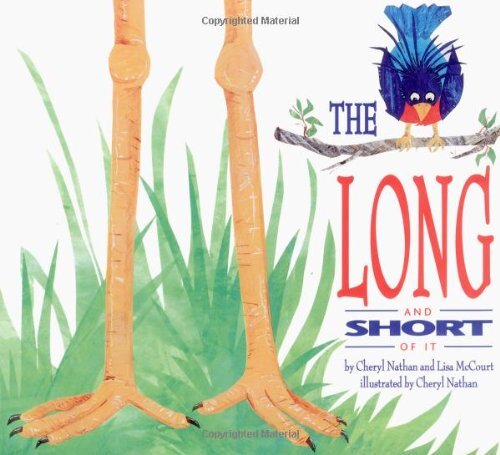
Corresponding Standards
Head Start Early Learning Outcomes Framework
- Goal P-MATH 8. Child measures objects by their various attributes using standard and non-standard measurement. Uses differences in attributes to make comparisons.
Common Core
- MATH.CONTENT.K.MD.A.1 Describe measurable attributes of objects, such as length or weight. Describe several measurable attributes of a single object.
- MATH.CONTENT.K.MD.A.2 Directly compare two objects with a measurable attribute in common, to see which object has “more of”/”less of” the attribute, and describe the difference. For example, directly compare the heights of two children and describe one child as taller/shorter.


